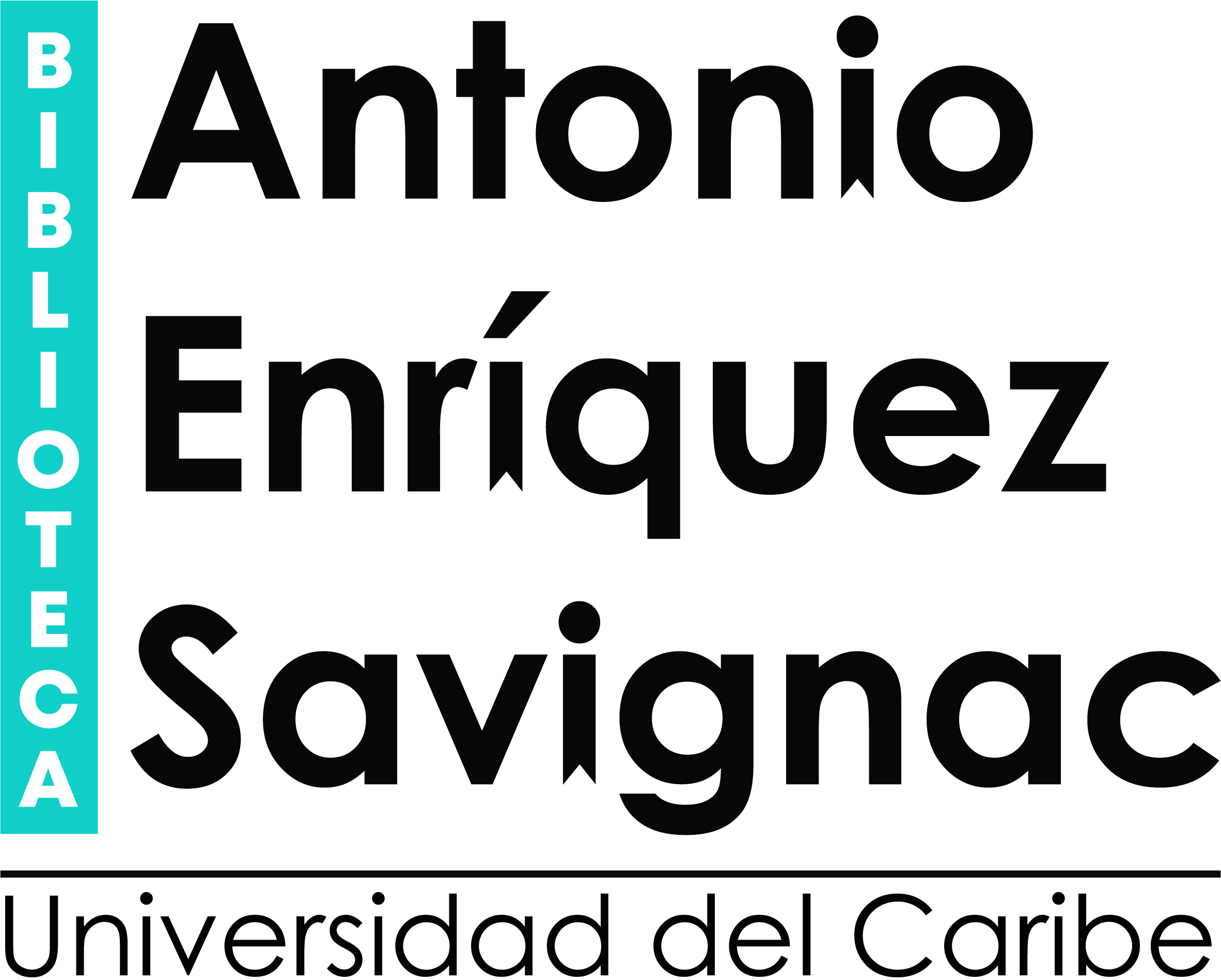See MIPS Run / Dominic Sweetman
Tipo de material: TextoDetalles de publicación: San Francisco, CA : Morgan Kaufmann Publishers/Elsevier, c2007Edición: 2nd edDescripción: xix, 492 p. : il. ; 24 cmISBN:
TextoDetalles de publicación: San Francisco, CA : Morgan Kaufmann Publishers/Elsevier, c2007Edición: 2nd edDescripción: xix, 492 p. : il. ; 24 cmISBN: - 0120884216
- 9780120884216
- See MIPS Run Linux [Título paralelo]
- QA 76 .9 .A73 S88 2007
| Tipo de ítem | Biblioteca actual | Biblioteca de origen | Colección | Signatura topográfica | Copia número | Estado | Notas | Fecha de vencimiento | Código de barras | Reserva de ítems | |
|---|---|---|---|---|---|---|---|---|---|---|---|
 Libros para consulta en sala
Libros para consulta en sala
|
Biblioteca Antonio Enriquez Savignac | Biblioteca Antonio Enriquez Savignac | COLECCIÓN RESERVA | QA 76 .9 .A73 S88 2007 (Navegar estantería(Abre debajo)) | 1 | No para préstamo | Ing. Telematica | 030436 | |||
|
|
Biblioteca Antonio Enriquez Savignac | Biblioteca Antonio Enriquez Savignac | Colección General | QA 76 .9 .A73 S88 2007 (Navegar estantería(Abre debajo)) | 2 | Disponible | Ing. Telematica | 030437 |
Incluye referencias bibliográficas: p. 477-479 e índice
RISCs and MIPS architectures -- MIPS architecture -- Coprocessor 0 : MIPS processor control -- How caches work on MIPS processors -- Exceptions, interrupts, and initialization -- Low-level memory management and the TLB -- Floating-point support -- Complete guide to the MIPS instruction set -- Reading MIPS assembly language -- Porting software to the MIPS architecture -- MIPS software standards (ABIs) -- Debugging MIPS designs-debug and profiling features -- GNU/Linux from eight miles high -- How hardware and software work together -- MIPS specific issues in the Linux Kernel -- Linux application code, PIC, and libraries -- Appendix A. MIPS multithreading -- Appendix B. Other optional extension to the MIPS instruction set
"This second edition is not only a thorough update of the first edition, it is also a marriage of the best-known RISC architecture--MIPS--with the best-known open-source OS--Linux. The first part of the book begins with MIPS design principles and then describes the MIPS instruction set and programmers' resources. It uses the MIPS32 standard as a baseline (the 1st edition used the R3000) from which to compare all other versions of the architecture and assumes that MIPS64 is the main option. The second part is a significant change from the first edition. It provides concrete examples of operating system low level code, by using Linux as the example operating system. It describes how Linux is built on the foundations the MIPS hardware provides and summarizes the Linux application environment, describing the libraries, kernel device-drivers and CPU-specific code. It then digs deep into application code and library support, protection and memory management, interrupts in the Linux kernel and multiprocessor Linux."--Página Web Amazon
Fondos PIFI Compra 120912 0.00

